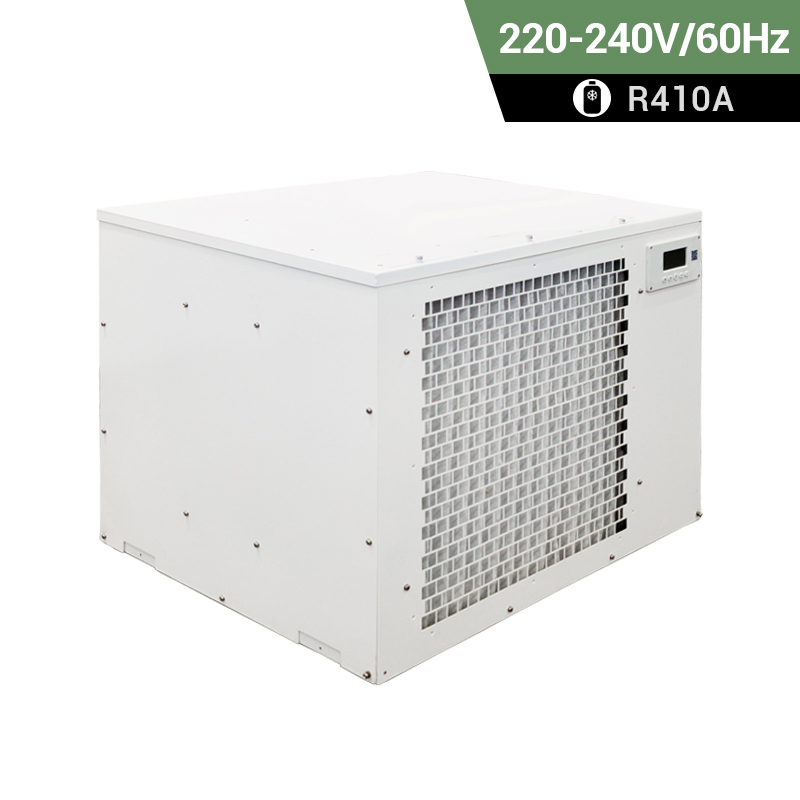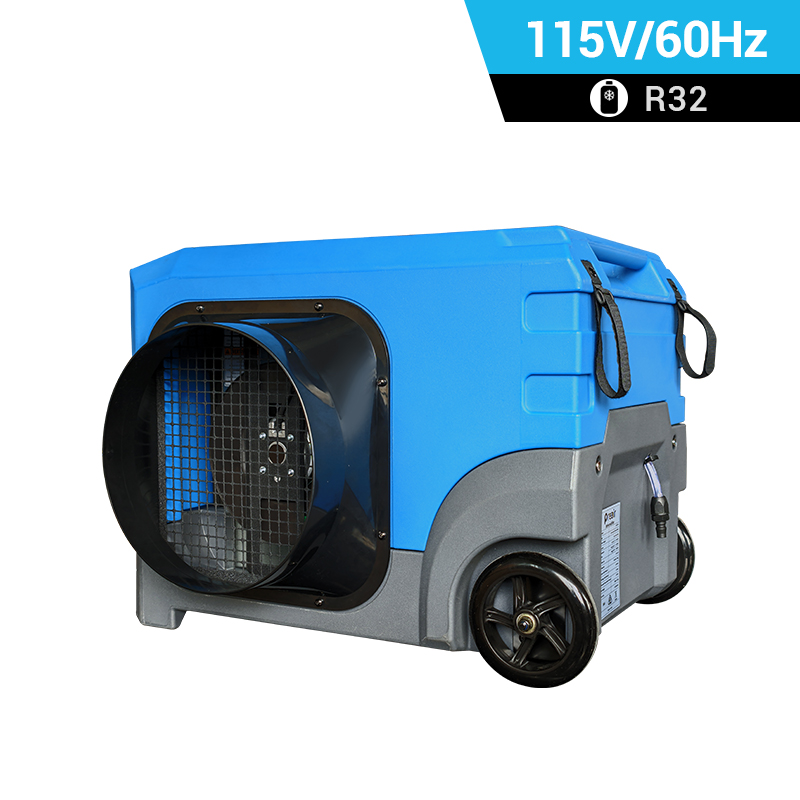 +86-13376814803
+86-13376814803  robert@hzhongtai.com
robert@hzhongtai.com
Industrial Dehumidifier For Room
While industrial dehumidifiers are effective at controlling humidity in large spaces, there are certain cautions and considerations to keep in mind when using them in a room. Here are some cautions to consider:
Over-Drying:
Industrial dehumidifiers are powerful and designed for larger spaces. When used in smaller rooms or residential settings, there is a risk of over-drying the air. Extremely low humidity levels can lead to discomfort, dry skin, and respiratory issues. It's important to monitor and adjust the humidity settings accordingly.
Noise Levels:
Industrial dehumidifiers tend to be larger and more powerful, which may result in higher noise levels. Consider the noise tolerance of the occupants in the room, especially in residential or office settings. Some industrial models may not be suitable for environments where quiet operation is a priority.
Energy Consumption:
Industrial dehumidifiers are designed for efficiency in larger spaces, and they may consume more energy than smaller, residential units. Be mindful of energy costs, and consider using the dehumidifier judiciously or investing in an energy-efficient model.
Space Constraints:
Industrial dehumidifiers may be bulkier and require more space than smaller units. Ensure that there is enough room for proper placement and ventilation to maximize their effectiveness.
Maintenance Requirements:
Industrial dehumidifiers may have more complex maintenance needs compared to smaller units. Regular cleaning of filters, coils, and condensate trays is essential to ensure optimal performance. Failure to maintain the dehumidifier can lead to reduced efficiency and potential malfunctions.
Condensate Disposal:
Proper disposal of condensate is crucial. Industrial dehumidifiers often produce a significant amount of water, and ensuring proper drainage or disposal is important to prevent water damage or flooding in the room.
Occupant Comfort:
Consider the comfort of occupants in the room. Industrial dehumidifiers may create airflow or temperature changes that can affect comfort levels. Proper placement and adjustments can help mitigate these issues.
Compliance with Regulations:
Check local regulations and building codes to ensure compliance with the use of industrial dehumidifiers in certain settings. Some regulations may dictate the use of specific types or sizes of dehumidifiers in residential or commercial spaces.
Safety Features:
Be aware of safety features and guidelines provided by the manufacturer. For example, some industrial dehumidifiers may have automatic shut-off features in case of malfunctions or when the condensate tray is full.
Proper Sizing:
Ensure that the industrial dehumidifier is appropriately sized for the room. Oversized units may remove moisture too quickly, leading to over-drying, while undersized units may be ineffective in controlling humidity.
Before using an industrial dehumidifier in a room, carefully read and follow the manufacturer's guidelines and instructions. If in doubt, consult with the dehumidifier manufacturer or a professional to ensure safe and effective operation in the specific environment.
Related Products


































